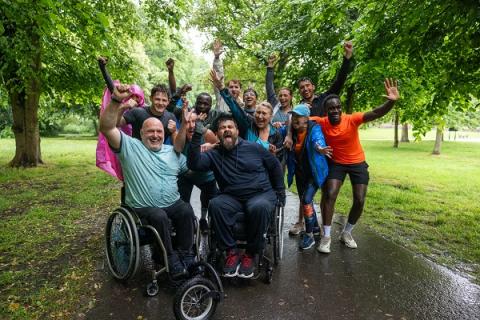Celebrating Disability Pride Month
Disability affects us all—most people will experience being disabled at some point in their lives, whether it is permanent or temporary. 27% of adults in the United States have some form of disability. Let’s delve into the history of disability activism and understand why Disability Pride Month is a vital part of our collective progress towards inclusivity and equality.
The journey toward the passage of the Americans with Disabilities Act (ADA) was marked by relentless activism and advocacy. The Disability Rights Education and Defense Fund (DREDF) and other organizations worked tirelessly to draft and promote the ADA.
Younger people might not realize that curb cuts, the slopes connecting the sidewalk to the street at intersections, were not always a thing. There was a time when public infrastructure wasn’t designed with people with disabilities in mind. But after decades of activism by the disability community and its allies, accessibility became a matter of civil rights.
When President George H.W. Bush signed the ADA on July 26, 1990, he said, “Let the shameful wall of exclusion finally come tumbling down.” And many of the changes made for people with disabilities come to be appreciated by all people—a phenomenon known as the “curb cut effect.” Curb cuts have come to be appreciated by parents with strollers, kids on scooters, delivery drivers, and cyclists! And if you’ve used text-to-speech on your smartphone or closed captioning on your television, you have taken advantage of technology that was originally designed for people with disabilities. Accessibility really is good for everyone!
Unfortunately, people with disabilities still face stigma and discrimination. Earlier this year, a Seattle man went viral on TikTok when he and his service dog were denied service at a restaurant. Poorly maintained sidewalks can impede travel for people who use wheelchairs. The government settles dozens of ADA lawsuits every year. On the other hand, rules that interpret the ADA are regularly released and updated. The most recent update set requirements for websites and mobile applications made by states and local governments to improve their accessibility.
Disability Pride celebrates how far we have come to be a society that celebrates people with disabilities as cherished members of our communities, rather than a problem to be solved or hidden. While there is more work to do, it feels good to celebrate the progress that activists have been working toward for decades.
